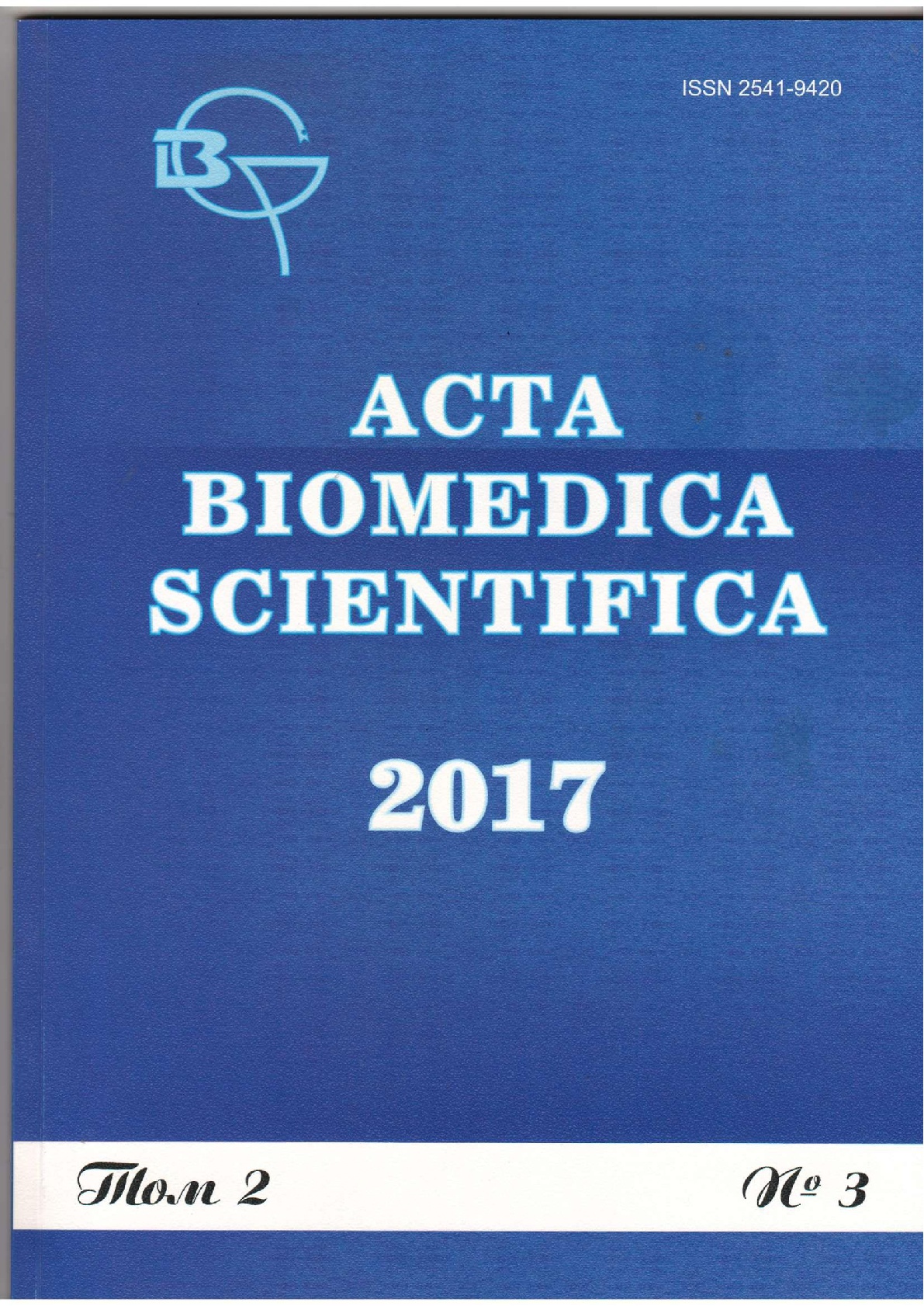To provide patient’s security is the main goal in some spheres of health care, that is why methods of statistical moni-toring were developed to detect abnormalities in the course of medical work quickly and confidentially. This includes, for example, excessive intervention even without further damage to a patient’s safety. Therefore, it is very important to determine whether the risk to a patient’s life exists or how abnormal the situation is.At the present moment health care in Russia has already passed the initial stage of formation of ratings to assess the quality of medical care services. Almost all regions of the Russian Federation have their own ratings. The question is how objectively they reflect the quality of medical services. The article presents main features to assess the quality of health care to rate medical organizations on the example of state program Medicare (USA) in order to compare them with the ones used in Russian ratings.
ranking of healthcare organizations, quality management of medical care, clinical quality indicators, the traditional model (Donabedian triad), model for continuous quality improvement, quality assurance assessment methods
1. AvdeevaMV, VashchenkovVV, LuchkevichVS, Barkae-vaVA (2015). Rating of medical organizations as a way to Improve the effectiveness of health care: background and prospects for implementation [Reytingovanie meditsinski-kh organizatsiy kak sposob povysheniya effektivnosti zdravookhraneniya: istoriya voprosa i perspektivy ispol’zo-vaniya]. Sotsial’nye aspekty zdorov’ya naseleniya, 44(15), 2
2. AzarovAV (2015). Methodological approaches to the formation of rankings of health care organizations [Reytin-gi meditsinskikh organizatsiy: podkhody k formirovani-yu]. Zdravookhranenie, (7), 54-61.
3. AlekseyevaNY, PchelaLP, MakarovSV (2011). Re-search of satisfaction of the population by the quality of medical aid under conditions of public health services reforming [Issledovanie udovletvorennosti naseleniya kachestvom meditsinskoy pomoshchi v usloviyakh re-formirovaniya zdravookhraneniya]. Bulleten’ Vostocno-Si-birskogo naucnogo centra, (1), 259-262.
4. .GrigorievaNS (2015). Monitoring the quality of health care organizations: a methodological comment [Monitoring kachestva raboty meditsinskikh organizatsiy: metodologicheskiy kommentariy]. Gosudarstvennoe upravlenie. Elektronnyy vestnik, (51).
5. LyubarskayaMA, KlunkoNS (2014). Assessment of the quality of strategic goal-setting basing on the analysis of the system of the indices of pharmaceutical industry development in the Russian Federation [Otsenka kachest-va strategicheskogo tselepolaganiya na osnove analiza sistemy pokazateley razvitiya farmatsevticheskoy otrasli Rossiyskoy Federatsii]. Bulleten’ Vostocno-Sibirskogo naucnogo centra, (4), 63-68.
6. MikhaylovaNV (2010). The methodology provision and quality management of medical aid in accordance with ISO9000. [Metodologiya obespecheniya i upravleni-ya kachestvom meditsinskoy pomoshchi v sootvetstvii s mezhdunarodnymi standartami ISO serii 9000]. Vestnik Roszdravnadzora, (3), 19-27.
7. TarasenkoEA (2013). International experience in selecting medical aid quality indices to rank healthcare organizations: lessons for Russia [Zarubezhnyy opyt vybora pokazateley kachestva meditsinskoy pomoshchi dlya postroeniya reytingov meditsinskikh organizatsiy: uroki dlya Rossii]. Sotsial’nye aspekty zdorov’ya naseleni-ya (elektronnyy nauchnyy zhurnal), 34(6). Available at: http://vestnik.mednet.ru/content/view/520/lang?ru.
8. Agency for Healthcare Research and Quality (2013). HCUP statistical brief, 160.
9. BataldenPB, BuchananED (1989). Industrial models of quality improvement. In: Providing quality care: the challenge to clinicians (GoldfieldN, NashDB, eds.), 133-159.
10. BerwickDM (1989). Sounding board. continuous improvement as an ideal in health care. N.Engl. J. Med., (320), 53-56
11. BradleyR (2008). Comment - defining health in-surance affordability: Unobserved heterogeneity matters. J. Health Econ., (27), 1129-1140
12. Consumer reports hospital ratings. Available at: http://www.consumerreports.org/health/doctors-hos-pitals/hospital-ratings.htm.
13. DonabedianA (1966). Evaluating the quality of medical care. Milbank Memorial Fund Quarterly, 44(3), 166-206.
14. DonabedianA (1980, 1982, 1984). Explorations in quality assessment and monitoring, (I-III).
15. DonabedianA (1988a). Quality assessment and assurance: unity of purpose, diversity of means. Inquiry, (25), 173-192
16. DonabedianA (1988b). The quality of care. How can it be assessed? J. Am. Med. Ass., (260), 1743-1748.
17. Medicare - statistics & facts. Available at: http://www.statista.com/topics/1167/medicare.
18. Physician hospital outpatient analysis (2013). Available at: http://www.comparionanalytics.com (ac-cessed 2013 Jun 26)
19. PopeDG (2008). Reacting to rankings: Evidence from “America’s Best Hospitals”. J. Health Econ., (28), 1154-1165
20. TorioCM, AndrewsRM (2013). National inpa-tient hospital costs. The most expensive conditions by payer.
21. US news and world report rating (2013). Avail-able at: http://www.usnews.com/pubfiles/7-17AdultMe-thReport2012_Final.pdf (accessed 2013 Jun 26).
22. US news: Best hospitals 2013-14 Medicare. Available at: http://health.usnews.com.
23. World Health Organization (2008). Performance measurement for health system improvement: experienc-es, challenges and prospects.





